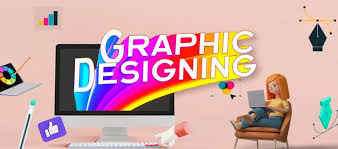Graphic design is a powerful tool that shapes our visual world, from advertising and branding to digital media and print materials. Whether you are a beginner or an aspiring professional, understanding the fundamentals of graphic design is crucial to harnessing your creativity effectively. In this guide, we will explore the essential principles, tools, and techniques to help you excel in this dynamic field.
At its core, graphic design is the art of combining text, images, and layout to communicate a message. It plays a significant role in marketing, user experience, and storytelling. With technology constantly evolving, staying updated with the latest trends and software is vital for designers who want to stand out in the industry.
Understanding the Fundamentals of Graphic Design
To master graphic design, you must first grasp its fundamental principles. These include balance, contrast, alignment, repetition, proximity, and space. Each of these elements contributes to creating visually appealing and functional designs that effectively communicate a message.
Another critical aspect of design is color theory. Colors evoke emotions and convey meanings, making them an essential part of any design project. Understanding how to use color harmonies, complementary shades, and contrast can significantly enhance the visual impact of your work.
Typography is another crucial element in graphic design. Choosing the right fonts and understanding how they interact with one another can make a design more engaging and readable. Proper typography ensures that the content is visually appealing while maintaining clarity and coherence.
Essential Graphic Design Tools and Software
In today’s digital landscape, graphic designers rely on various tools and software to bring their creative visions to life. Adobe Creative Cloud remains the industry standard, offering programs like Photoshop, Illustrator, and InDesign for photo editing, vector design, and page layout, respectively.
For those looking for more affordable or free alternatives, options such as Canva, GIMP, and Figma provide excellent design capabilities. These tools cater to different levels of expertise and allow designers to create everything from social media graphics to website layouts with ease.
Mastering these tools requires practice and experimentation. Online tutorials, courses, and design communities can help you learn the ins and outs of each software, ultimately improving your efficiency and design quality.
The Role of Creativity in Graphic Design
Creativity is the driving force behind graphic design. While technical skills are important, the ability to think outside the box and develop innovative ideas is what sets exceptional designers apart.
One way to enhance creativity is through inspiration. Studying the work of other designers, exploring different artistic styles, and staying updated with design trends can spark new ideas. Platforms like Behance, Dribbble, and Pinterest offer endless sources of inspiration for designers.
Another key aspect of creativity is experimentation. Trying different design approaches, playing with colors and typography, and stepping outside your comfort zone can lead to unique and compelling designs. Never be afraid to push the boundaries of conventional design norms.
Building a Strong Graphic Design Portfolio
A well-crafted portfolio is essential for showcasing your skills and attracting potential clients or employers. Your portfolio should highlight your best work, demonstrating your versatility and creativity across different projects.
When creating a portfolio, focus on quality over quantity. Select projects that showcase a range of design techniques and styles. Including case studies that explain your design process can also add value by demonstrating your problem-solving abilities.
Having an online portfolio is crucial in today’s digital world. Websites like Behance, Dribbble, and personal portfolio websites allow you to showcase your work to a global audience. A well-organized and visually appealing portfolio can make a lasting impression on prospective clients and employers.
Career Opportunities in Graphic Design

Graphic design offers a diverse range of career paths, from freelancing to working in corporate environments. Designers can specialize in branding, web design, UI/UX design, advertising, and more.
Freelancing allows designers to work independently, take on various projects, and have creative freedom. However, it also requires strong time management and marketing skills to attract clients and maintain a steady workflow.
On the other hand, working in an agency or in-house design team provides stability and opportunities for collaboration. Designers in these roles often work on branding, advertising campaigns, and product packaging for businesses.
Regardless of the path you choose, continuously honing your skills, networking, and staying updated with industry trends can lead to a successful career in graphic design.
The Future of Graphic Design
The field of graphic design is constantly evolving, with new trends and technologies shaping the industry. Emerging areas such as motion graphics, augmented reality (AR), and artificial intelligence (AI) are influencing how designs are created and consumed.
Motion graphics and animations have become increasingly popular in digital marketing and social media, making them valuable skills for designers to learn. Likewise, AI-powered tools are revolutionizing design processes, allowing for faster and more efficient workflows.
Keeping up with these advancements and continuously improving your skills can help you stay relevant in the ever-changing landscape of graphic design.
Conclusion: Unlock Your Graphic Design Potential
Graphic design is a versatile and rewarding field that allows individuals to express creativity while solving visual communication challenges. By understanding the fundamentals, mastering essential tools, and staying inspired, you can unlock your full potential as a designer.
Whether you are a beginner looking to start your journey or a seasoned designer seeking to refine your skills, continuous learning and experimentation are key to success. Embrace creativity, stay curious, and keep pushing the boundaries of design to create impactful and meaningful work.
With dedication and passion, you can build a thriving career in graphic design and make a lasting impact in the visual world.


